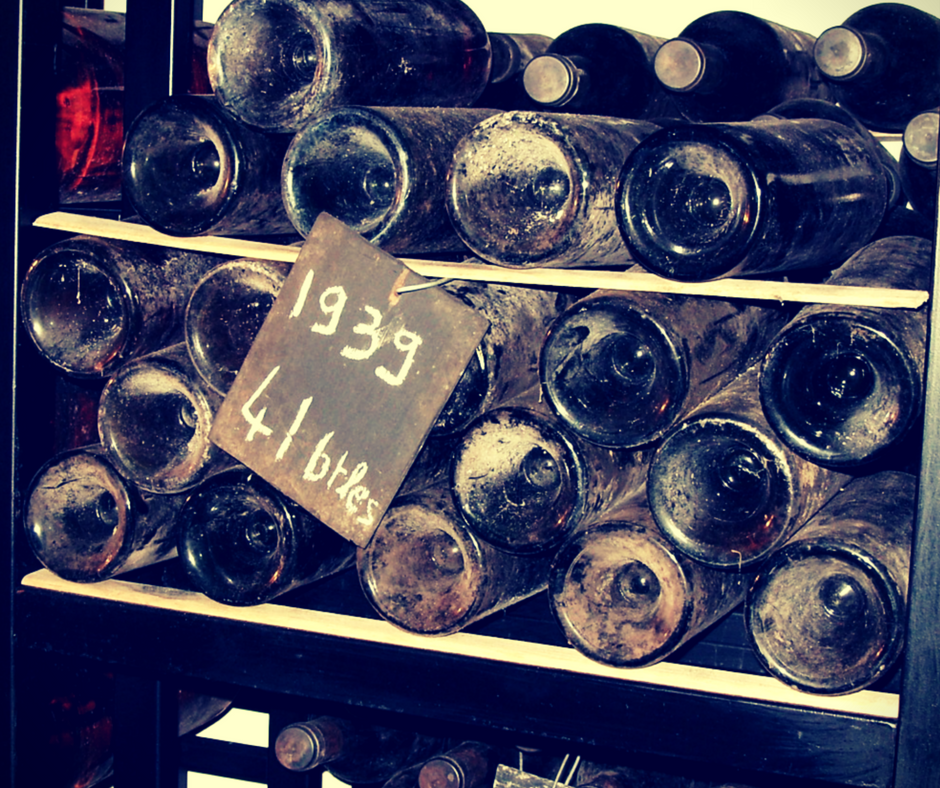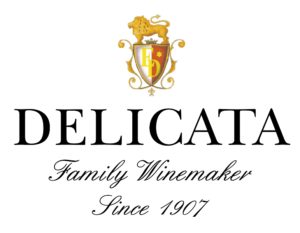Wine and the Ravages of Time
A thirsty, corkscrew-slinging friend once justified his quick pull of the cork by the witty remark that “wine is merely a crossroad on the thoroughfare from grape juice to vinegar”, to which there is some truth. Wine may very well be a living thing but the popular belief that all wine can be or should be aged is a sobering myth.
Of course, fine old wine is drunk every day by collectors who are delighted that it has kept well for a decade or two, or more. Though, for every bottle that has been saved up there’s at least one other bottle which has been gathering dust for far too long and gone flat, tasting of nothing in particular at best.
There are several reasons why far more wine is drunk too late than too early.

Far more wine is drunk too late than too early.
First of all, only a few wines repay long-time cellaring. Unfortunately, there are piles of reserves stored in cellars and wine racks which won’t provide any delayed gratification simply for the reason they’re the wrong type of wine to lay down.
Only certain wines will benefit from cellaring for years on end during which they gain depth, a suaver texture and an all-important balance with smoother tannins and less offensive acidity as compared to their younger self. However, the vast majority of all bottles of white and rosé are made to be enjoyed within a year, or at most 18 months, from bottling, and most reds in under three to five years.
Besides, it’s not because a wine has been aged it’s going to be relished. The flavour of old wine can be quite an acquired taste that doesn’t go down well with everybody. Time will change wine but without the assurance that its taste will be perceived as more pleasurable. After all, penchants are subjective and some people simply prefer drinking a wine that’s still young and delicious in its own right because it’s full of vibrant fruit and cheerfulness.
Another cause for disappointment is that sometimes long-aged wines, even if they are real vins de garde, get uncorked at the wrong time. Regardless of price and storage conditions, opening a cellar-matured bottle isn’t without risk: one might open it too late for it to be able to give any enjoyment at all as well as too soon at some intermittent dull, tasteless moment of its life.
Not only will wine that’s been aged for too long finally enter an irreversible stage of frailty during which its acidity or alcohol content tastes too apparent. Prior to that, at some equally unpredictable stage, anywhere from bottling to the most satisfying time to drink it, a wine goes through some kind of mid-life crisis when it becomes unsatisfyingly curt with little aroma or bouquet.
The ability of a wine to age is still not fully understood but it’s safe to say it’s influenced by many factors including grape variety, viticultural practices, provenance, winemaking style and vintage.
Generally speaking, the higher a wine’s acidity, flavour precursors and phenolics such as mouth-puckering tannins, the longer it’s capable of evolving.
The most obvious candidates for long-term ageing in bottle are full-bodied reds made from tannic grapes such as Cabernet Sauvignon, Syrah and Nebbiolo and vintage port. In the case of whites, top Icewein, exceptional Loire Chenin Blanc, the finest Riesling, grand cru white Burgundy as well as botrytised sweet whites evolve more slowly than most other whites.
Keep in mind though that all these wines could very well be worse in their infancy than bottles that are lesser candidates for storing.
In very general terms, the dearer the bottle, the more it will repay keeping. Or, in other words, the more expensive wine bottles in your shop are least likely to give pleasure that same evening.
This article by Georges Meekers appeared first in the Times of Malta, 23 December 2016.

